Chinese private aerospace firm Galactic Energy launched its eighth Ceres 1 rocket on Friday, the latest effort by a Chinese private firm to expand its capabilities in rocket research and development (R&D) and launches.
It was the third launch within 35 days by Galactic Energy and the eighth successful flight for the rocket model.
The launch successfully sent Jilin-1 Kuanfu 02A satellite, self-developed by Chang Guang Satellite Technology Corp, to its preset orbit.
Following the launch, it will further accelerate the networking process of the Jilin-1 satellite constellation, and expand large-scale, high-resolution remote sensing information resources of Jilin-1, which can provide richer remote sensing data and product services for land and resources census, smart city, agriculture and forestry development and other fields.
Jilin-1 is China's first self-developed commercial remote sensing satellite system. The satellites are operated by Chang Guang Satellite Technology Corp based in Northeast China's Jilin Province after which the satellite is named.
So far, the Ceres 1 rocket has to date served 15 commercial satellite clients, sending 29 satellites into orbit that offer support for Earth observation, meteorological monitoring, popular science education and others, according to a statement the company sent to the Global Times.
Having kicked off its high-density delivery and launch cycle for the second half of the year, Galactic Energy aims to complete one land-based launch and then one sea-based launch in the period soon to come, a PR representative from the firm told the Global Times.
High-density launch is the path a rocket firm has to take for its products to mature from the lab to large-scale production.
Prior to Friday's launch, the Beijing-based start-up had accomplished seven consecutive launches after making its debut flight in November 2020 from the Jiuquan Satellite Launch Center in Northwest China.
Ceres 1 is a four-stage launch vehicle independently designed by Galactic Energy. Solid engines are used in the first, second and third stages, while advanced liquid upper stage is the fourth one.
The company is also conducting R&D into liquid rocket technology.
In June, it announced that the Pallas 1, a larger, reusable liquid-propellant rocket model, has completed the inter-stage separation test, verifying the correctness of the separation scheme.
Private firms, a rising force in propelling the nation's space industry, are ramping up efforts to foster capabilities to meet market demand. With consecutive successful launches on the track, they are entering a new R&D cycle and accelerating the pace of shaping their commercialization loop, experts said.
"Chinese private firms, especially those established as the first-generation launch start-ups in 2015, are now at the ascending period," Lan Tianyi, founder of Beijing-based Ultimate Blue Nebula Co, a space industry consultancy, told the Global Times Friday.
They have demonstrated robust innovation capabilities and potential over the past few years, and have become an important force in promoting China's commercial space sector, he noted.
The year of 2023 is also anticipated to witness more milestone launch events in the commercial space sector compared with the past few years.
In July, LandSpace, another private rocket start-up, launched the world's first liquid oxygen, liquid methane carrier rocket from Jiuquan, a milestone move that has put China in the front of the global space race for methane-based rockets.








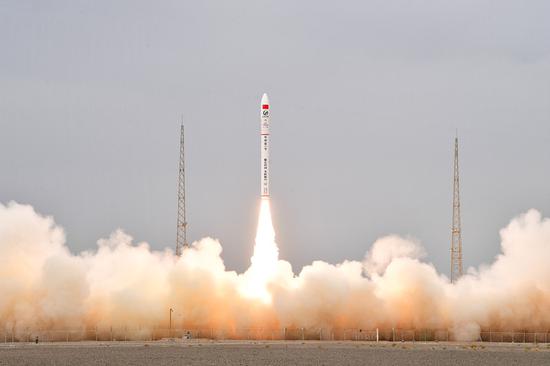





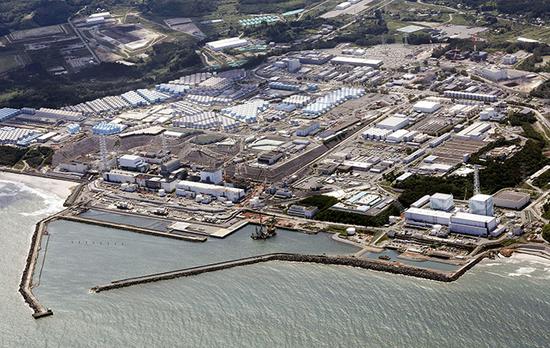










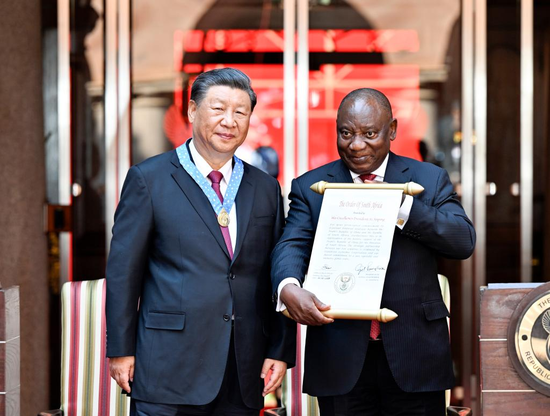





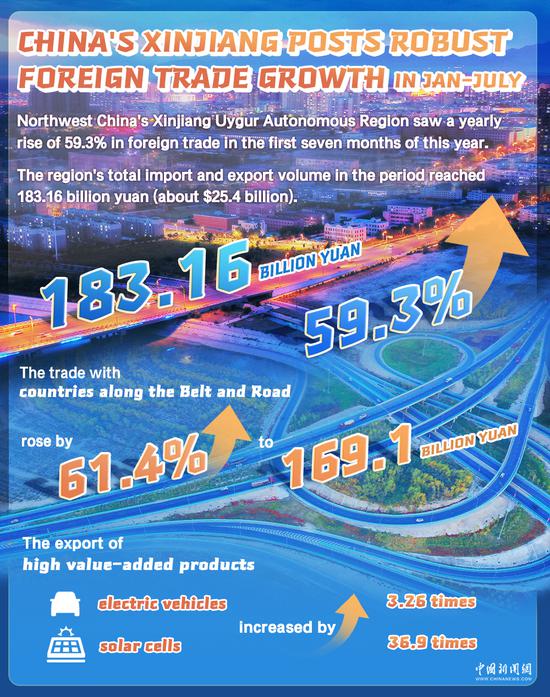





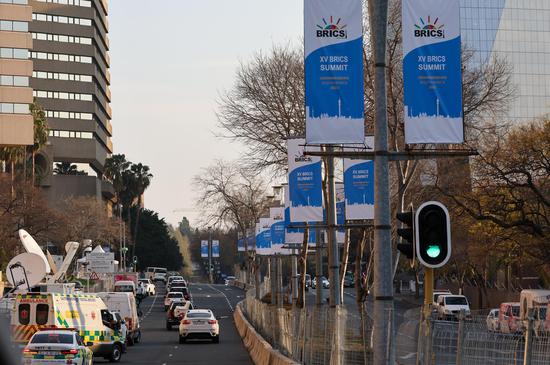










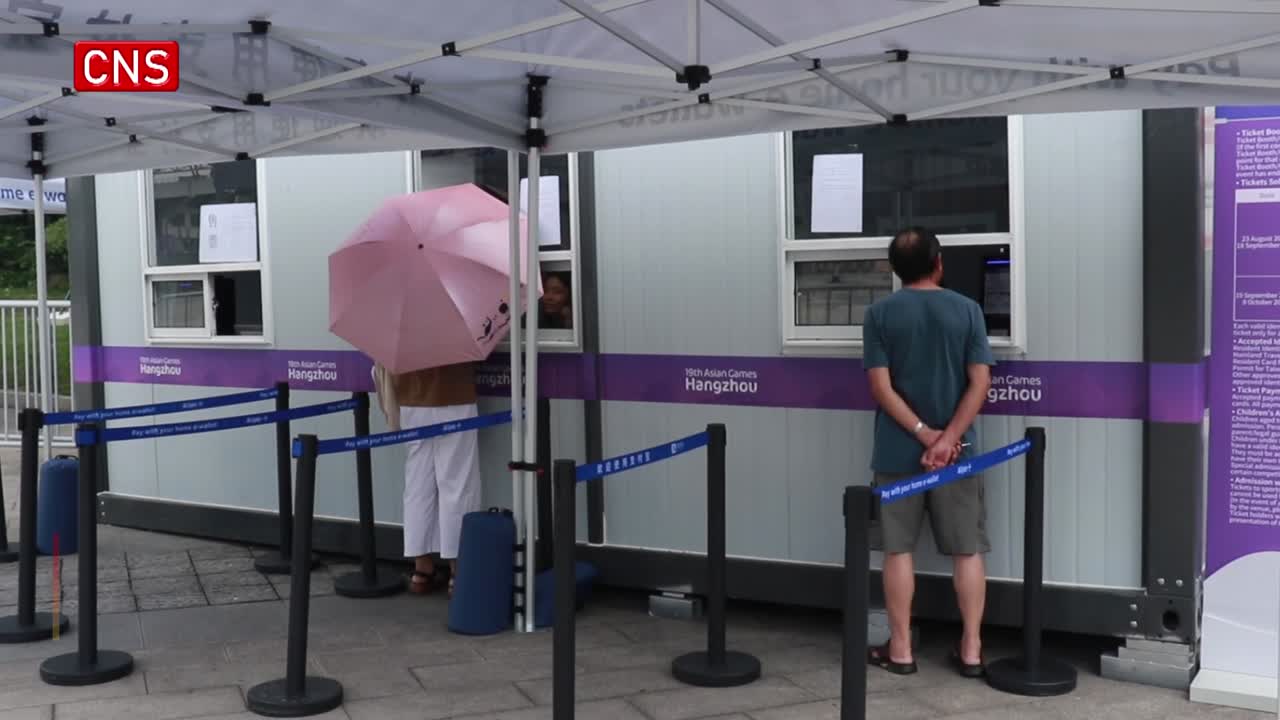

 京公网安备 11010202009201号
京公网安备 11010202009201号
